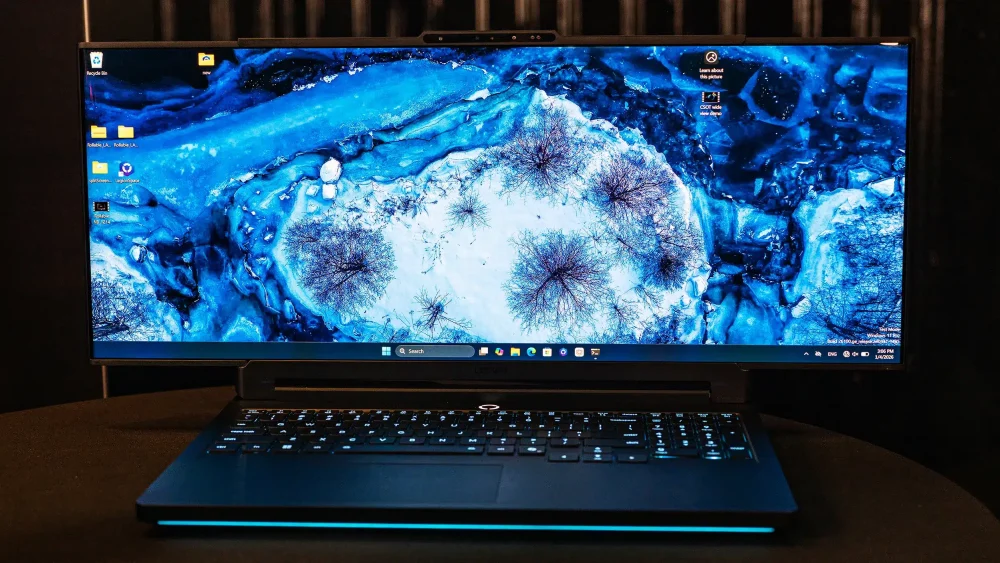Early adopters of Apple’s iPhone 17 Pro are raising alarms about scratches showing up on demo units, sparking what social media has dubbed “scratchgate.” But is the new iPhone really that fragile, or is this another Apple controversy blown out of proportion?
Apple insists the marks seen on iPhone 17 Pro and iPhone Air display models in its retail stores aren’t scratches at all. Instead, the company blames worn MagSafe charging stands for leaving behind residue that can be removed with a cloth.
Still, experts aren’t entirely convinced. iFixit’s teardown revealed that while the anodized aluminum shell of the iPhone 17 Pro is generally rugged, its corners and camera plateaus are weak spots. The coating there can chip or scratch more easily. YouTube’s JerryRigEverything backed this up in tests, showing that keys and coins won’t damage most of the phone, except along the sharp edges of the camera bay.
The difference between models also matters. The iPhone 17 Pro and Pro Max use anodized aluminum, while the iPhone Air uses a titanium finish applied through a process called PVD, which may show different wear patterns.
So should buyers be worried? Not necessarily. Real-world durability looks solid, with the exception of that camera ridge. If you’re concerned, a protective case should take care of it. As for Apple Store “scratches”? Those might be a MagSafe mirage.
Intermittent Wi-Fi Drops
Users report that their devices briefly disconnect and reconnect after unlocking, a problem that also causes CarPlay to cut out mid-drive.
The issue affects the iPhone 17, 17 Pro, 17 Pro Max, and iPhone Air, with reports piling up on Reddit, Apple Support forums, and MacRumors discussions. Some users have noticed that it happens more often when paired with an Apple Watch, although the connection isn’t fully clear.
At the heart of the story is Apple’s new N1 wireless chip, the first custom in-house design for Wi-Fi, Bluetooth, and Thread. Apple had touted its efficiency gains over the Broadcom chips used in earlier iPhones, even suggesting it could cut power consumption by reducing reliance on GPS. But for some users, those promises have been overshadowed by dropped signals.
Apple hasn’t commented yet, and it’s unknown whether the cause is hardware or software. Given the company’s history, a fix via iOS update seems likely, perhaps as early as version 26.0.1.
For now, users experiencing Wi-Fi issues may need to rely on quick fixes, such as toggling Wi-Fi or rebooting their phones. Growing pains with a brand-new wireless chip aren’t unusual, but Apple will need to restore confidence fast if it wants “Wi-Fi 7” to feel like an upgrade, not a downgrade.


